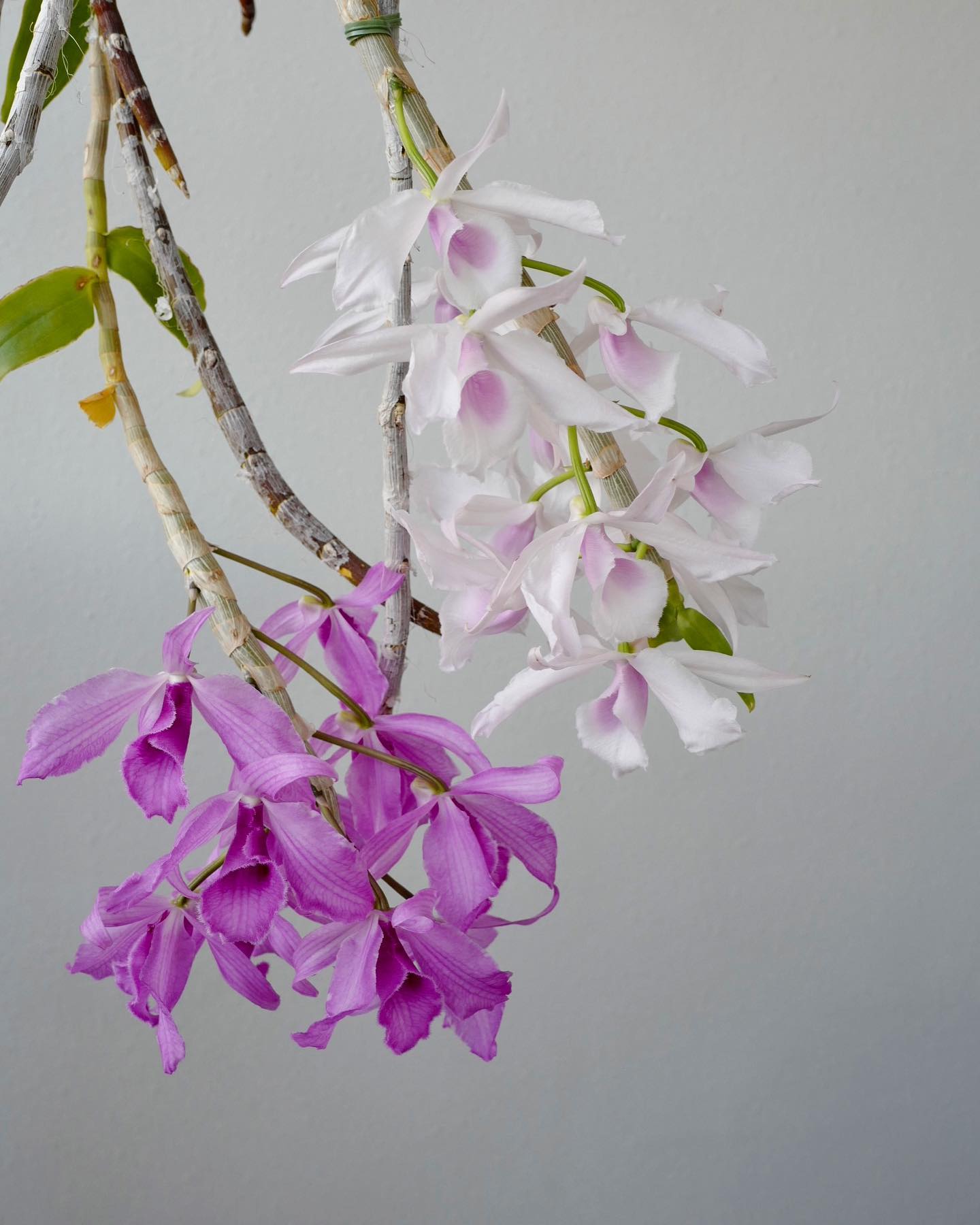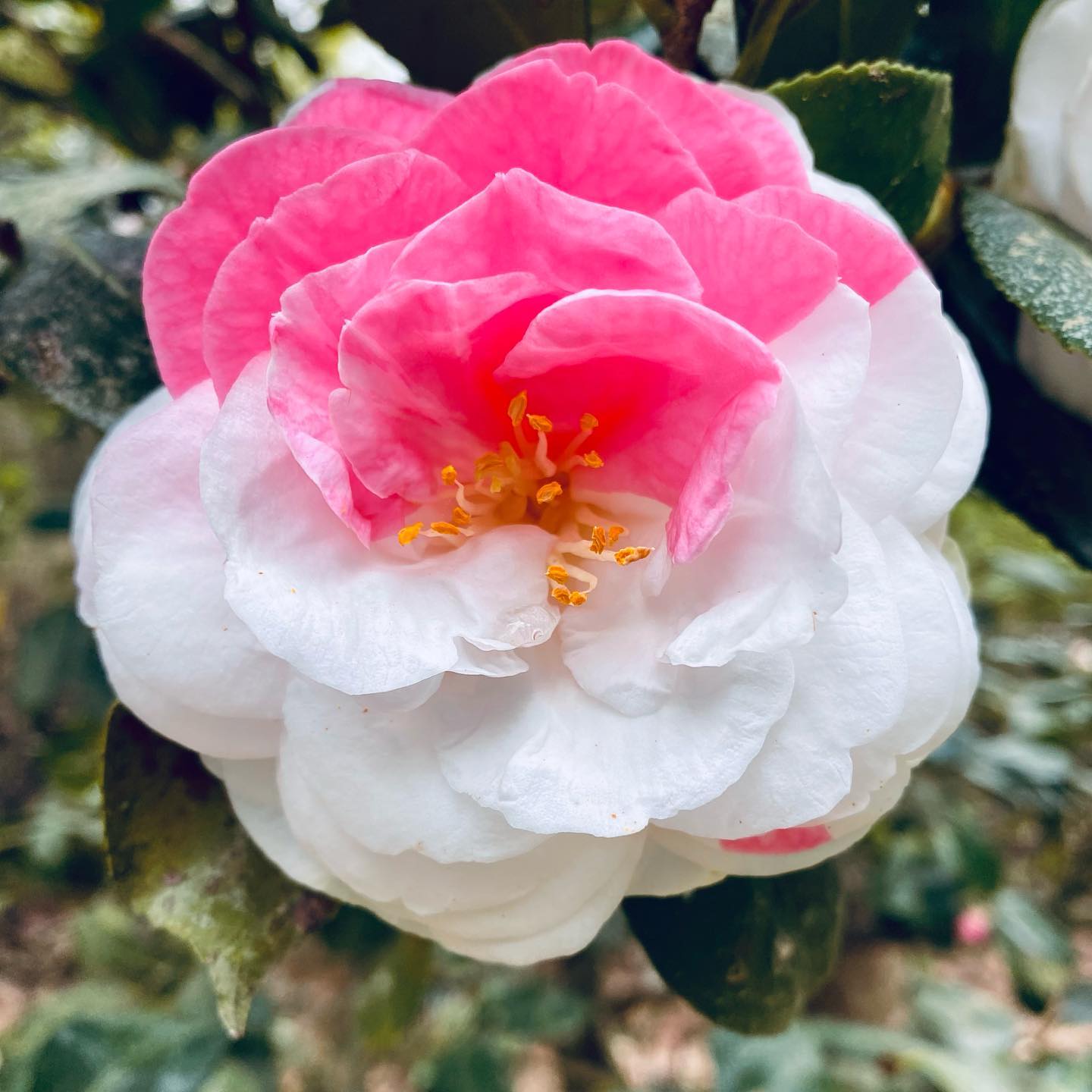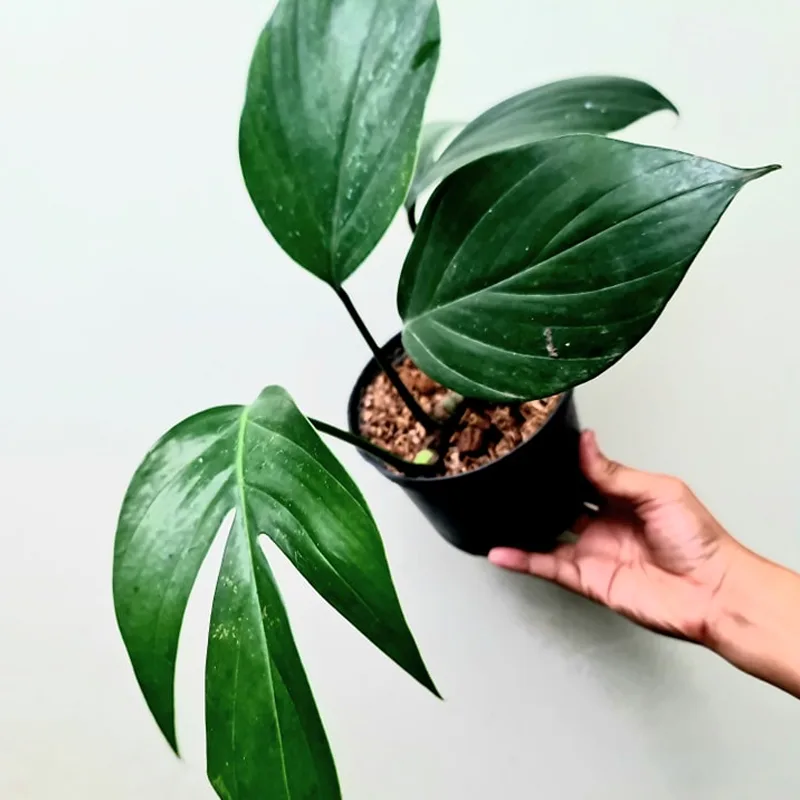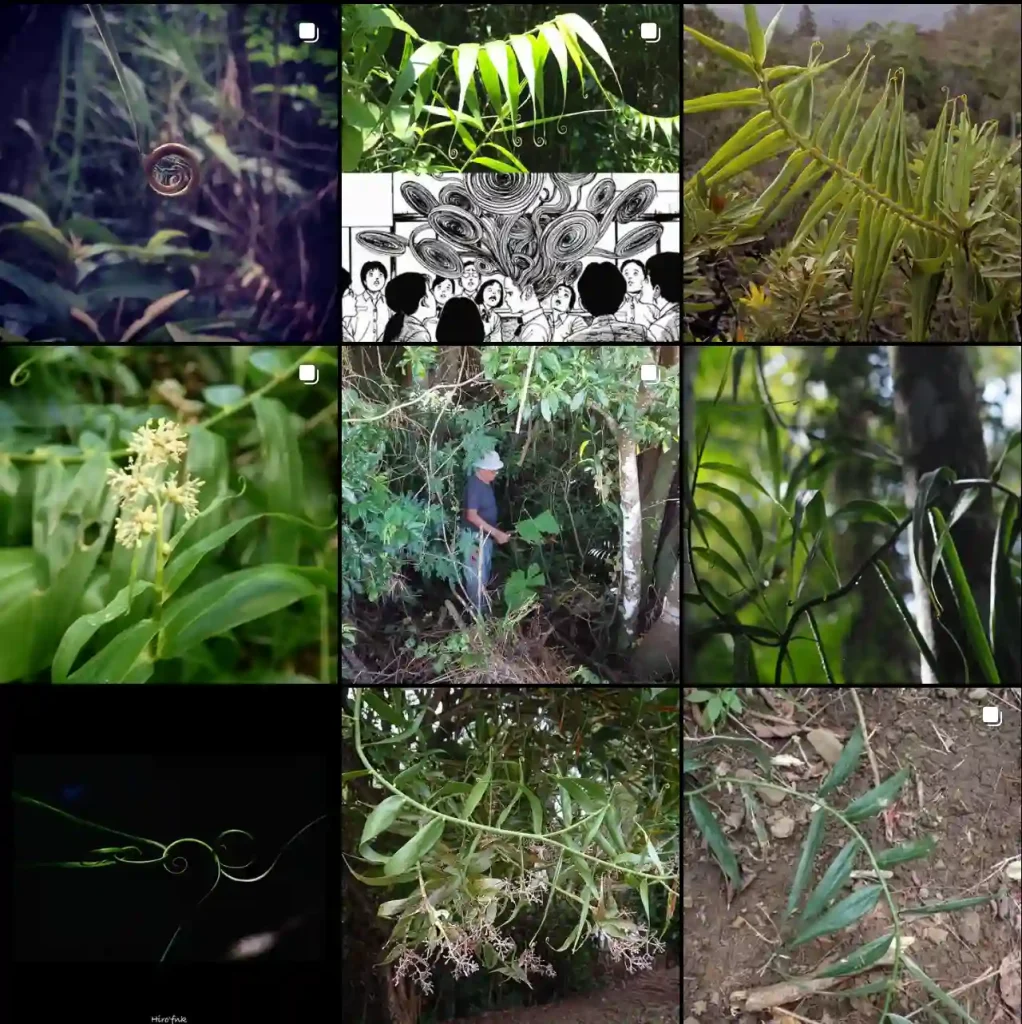FAQs About Catasetum Orchids
As a dedicated orchid enthusiast, I’ve often found myself diving deep into the world of Catasetum orchids. These fascinating plants have a reputation for being both beautiful and a bit challenging. If you’re new to Catasetum or looking to refine your care techniques, here are some of the most frequently asked questions I encounter, along with my personal insights and experiences.
What is a Catasetum Orchid?
Catasetum orchids are a genus belong to the Orchidaceae family, known for their unique and dramatic flowers. Native to tropical regions of Central and South America, these orchids are appreciated for their intricate and often bizarre floral structures. They are deciduous, meaning they shed their leaves annually, which can be a bit alarming if you’re used to evergreen orchids.
Catasetum species
- Catasetum aculeatum F.E.L.Miranda & K.G.Lacerda
- Catasetum adremedium D.E.Benn. & Christenson
- Catasetum × aikoae U.L.C.Ferreira & Malaspina
- Catasetum alatum M.F.F.Silva & A.T.Oliveira
- Catasetum albovirens Barb.Rodr.
- Catasetum albuquerquei M.F.F.Silva & A.T.Oliveira
- Catasetum × altaflorestense Benelli & Grade
- Catasetum × apolloi Benelli & Grade
- Catasetum arietinum F.E.L.Miranda & K.G.Lacerda
- Catasetum aripuanense Bicalho
- Catasetum ariquemense F.E.L.Miranda & K.G.Lacerda
- Catasetum atratum Lindl.
- Catasetum barbatum (Lindl.) Lindl.
- Catasetum bergoldianum Foldats
- Catasetum bertioguense G.A.Romero & Campacci
- Catasetum bicallosum Cogn.
- Catasetum bicolor Klotzsch
- Catasetum bifidum A.T.Oliveira & J.B.F.Silva
- Catasetum blackii Pabst
- Catasetum blepharochilum Schltr.
- Catasetum bolivarii Uribe Vélez & Sauleda
- Catasetum boyi Mansf.
- Catasetum brasilandense Benelli
- Catasetum brevilobatum Marçal & Chiron
- Catasetum brichtae Bicalho
- Catasetum caatingense Marçal & Chiron
- Catasetum callosum Lindl.
- Catasetum × canaense Benelli
- Catasetum caquetense R.A.Calderón-Álvarez & M.Bonilla
- Catasetum carolinianum F.E.L.Miranda & K.G.Lacerda
- Catasetum carrenhianum M.F.F.Silva & A.T.Oliveira
- Catasetum carunculatum Rchb.f. & Warsz.
- Catasetum cassideum Linden & Rchb.f.
- Catasetum catarinense G.F.Carr & V.P.Castro
- Catasetum caucanum Schltr.
- Catasetum caxarariense M.F.F.Silva & A.T.Oliveira
- Catasetum cernuum (Lindl.) Rchb.f.
- Catasetum charlesworthii (Mansf.) Jenny
- Catasetum cirrhaeoides Hoehne
- Catasetum cochabambanum Dodson & R.Vásquez
- Catasetum colidense Engels, Fern.Rocha & Benelli
- Catasetum collare Cogn.
- Catasetum colossus Schltr.
- Catasetum complanatum F.E.L.Miranda & K.G.Lacerda
- Catasetum confusum G.A.Romero
- Catasetum coniforme C.Schweinf.
- Catasetum costatum Rchb.f.
- Catasetum cotylicheilum D.E.Benn. & Christenson
- Catasetum × crassispinum U.L.C.Ferreira
- Catasetum crinitum Linden
- Catasetum cristatum Lindl.
- Catasetum cucullatum M.F.Silva & A.T.Oliveira
- Catasetum cucutaense Uribe Vélez & Sauleda
- Catasetum dalastranum Benelli & Chiron
- Catasetum × dasilvae K.G.Lacerda & V.P.Castro
- Catasetum decipiens Rchb.f.
- Catasetum dejeaniorum Chiron
- Catasetum deltoideum (Lindl.) Mutel
- Catasetum denticulatum F.E.L.Miranda
- Catasetum desouzae Benelli & Chiron
- Catasetum deusvandoi Campacci & G.F.Carr
- Catasetum dianneae D.R.P.Krahl, Chiron, Krahl & J.B.F.Silva
- Catasetum discolor (Lindl.) Lindl.
- Catasetum × dunstervillei G.A.Romero & Carnevali
- Catasetum dupliciscutula Senghas
- Catasetum × eliasii U.L.C.Ferreira
- Catasetum × evangelistae V.P.Castro & G.F.Carr
- Catasetum expansum Rchb.f.
- Catasetum × faustoi Bicalho
- Catasetum fergusonii Dodson ex W.E.Higgins
- Catasetum fernandezii D.E.Benn. & Christenson
- Catasetum ferox Kraenzl.
- Catasetum fimbriatum (C.Morren) Lindl.
- Catasetum finetianum L.Linden & Cogn.
- Catasetum franchinianum K.G.Lacerda
- Catasetum × freitasii Benelli
- Catasetum fuchsii Dodson & R.Vásquez
- Catasetum galeritum Rchb.f.
- Catasetum gardneri Schltr.
- Catasetum garnetianum Rolfe
- Catasetum georgii Mansf.
- Catasetum gladiatorium K.G.Lacerda
- Catasetum globiflorum Hook.
- Catasetum gnomus Linden & Rchb.f.
- Catasetum gomezii G.A.Romero & Carnevali
- Catasetum × grasineideae D.R.P.Krahl, Krahl, Chiron & J.B.F.Silva
- Catasetum × guianense G.A.Romero & Jenny
- Catasetum hillsii D.E.Benn. & Christenson
- Catasetum hoehnei Mansf.
- Catasetum hookeri Lindl.
- Catasetum hopkinsonianum G.F.Carr & V.P.Castro
- Catasetum incurvum Klotzsch
- Catasetum integerrimum Hook.
- Catasetum interhomesianum R.Vásquez & Dodson
- Catasetum × intermedium L.C.Menezes & Braem
- Catasetum × issanense Pabst
- Catasetum ivaneae Benelli
- Catasetum japurense Mansf.
- Catasetum jarae Dodson & D.E.Benn.
- Catasetum joaquinianum Campacci & G.F.Carr
- Catasetum juruenense Hoehne
- Catasetum justinianum R.Vásquez & Dodson
- Catasetum kamatawara Damian, Mitidieri & M.Bonilla
- Catasetum kempfii Dodson & R.Vásquez
- Catasetum kleberianum Braga
- Catasetum kraenzlinianum Mansf.
- Catasetum krahlii D.R.P.Krahl, Cantuária, J.B.F.Silva & Chiron
- Catasetum labiatum Barb.Rodr.
- Catasetum laminatum Lindl.
- Catasetum lanceatum F.E.L.Miranda
- Catasetum lanciferum Lindl.
- Catasetum lehmannii Regel
- Catasetum lemosii Rolfe
- Catasetum lindleyanum Mansf.
- Catasetum linguiferum Schltr.
- Catasetum longiantennatum R.Vásquez & G.A.Romero
- Catasetum longifolium Lindl.
- Catasetum longipes F.E.L.Miranda & K.G.Lacerda
- Catasetum × louiseae D.R.P.Krahl, Krahl & Chiron
- Catasetum × lucasianum L.C.Menezes & V.P.Castro
- Catasetum lucis P.Ortiz & G.Arango
- Catasetum lucisuareziae M.Bonilla, Mosquera & Benelli
- Catasetum luridum (Link) Lindl.
- Catasetum × macedoi Campacci & G.F.Carr
- Catasetum macrocarpum Rich. ex Kunth
- Catasetum macroglossum Rchb.f.
- Catasetum maculatum Kunth
- Catasetum maranhense Lacerda & Silva
- Catasetum marinhoi Krahl, Cantuária & J.B.F.Silva
- Catasetum maroaense G.A.Romero & C.Gómez
- Catasetum matogrossense Bicalho
- Catasetum mattosianum Bicalho
- Catasetum meeae Pabst
- Catasetum mentosum Lem.
- Catasetum merchae G.A.Romero
- Catasetum × mesquitae U.L.C.Ferreira
- Catasetum micranthum Barb.Rodr.
- Catasetum microglossum Rolfe
- Catasetum mojuense A.T.Oliveira & J.B.F.Silva
- Catasetum monzonense D.E.Benn. & Christenson
- Catasetum moorei C.Schweinf.
- Catasetum multifidum F.E.L.Miranda
- Catasetum multifissum Senghas
- Catasetum nanayanum Dodson & D.E.Benn.
- Catasetum napoense Dodson
- Catasetum naso Lindl.
- Catasetum × nogueirae U.L.C.Ferreira
- Catasetum ochraceum Lindl.
- Catasetum ollare Linden
- Catasetum oriximinaense Campacci & J.B.F.Silva
- Catasetum ornithoides Pabst
- Catasetum osakadianum M.F.F.Silva & A.T.Oliveira
- Catasetum osculatum Lacerda & V.P.Castro
- Catasetum palmeirinhense A.T.Oliveira & J.B.F.Silva
- Catasetum pamplonaense Sauleda
- Catasetum paranaitense Benelli & Soares-Lopes
- Catasetum parguazense G.A.Romero & Carnevali
- Catasetum pendulum Dodson
- Catasetum × perazolianum K.G.Lacerda & V.P.Castro
- Catasetum peruvianum Dodson & D.E.Benn.
- Catasetum pileatum Rchb.f.
- Catasetum planiceps Lindl.
- Catasetum pleidactylon D.E.Benn. & Christenson
- Catasetum × pohlianum P.Castro & Campacci
- Catasetum poriferum Lindl.
- Catasetum pulchrum N.E.Br.
- Catasetum punctatum Rolfe
- Catasetum purum Nees & Sinning
- Catasetum purusense D.E.Benn. & Christenson
- Catasetum pusillum C.Schweinf.
- Catasetum quadridens Rolfe
- Catasetum randii Rolfe
- Catasetum rectangulare G.F.Carr
- Catasetum regnellii Barb.Rodr.
- Catasetum reichenbachianum Mansf.
- Catasetum richteri Bicalho
- Catasetum ricii R.Vásquez & Dodson
- Catasetum rigidum A.T.Oliveira & J.B.F.Silva
- Catasetum rionegrense Campacci & G.F.Carr
- Catasetum × riotianum V.P.Castro
- Catasetum rivularium Barb.Rodr.
- Catasetum rodigasianum Rolfe
- Catasetum rolfeanum Mansf.
- Catasetum rondonense Pabst
- Catasetum rooseveltianum Hoehne
- Catasetum roseoalbum (Hook.) Lindl.
- Catasetum saccatum Lindl.
- Catasetum samaniegoi Dodson
- Catasetum sanguineum (Linden) Lindl. & Paxton
- Catasetum × santo-antoniense U.L.C.Ferreira & R.M.C.Filho
- Catasetum saracataquerense Krahl, Cantuária & J.B.F.Silva
- Catasetum schmidtianum F.E.L.Miranda & K.G.Lacerda
- Catasetum schunkei Dodson & D.E.Benn.
- Catasetum schweinfurthii D.E.Benn. & Christenson
- Catasetum seccoi M.F.F.Silva & A.T.Oliveira
- Catasetum × secundum Lindl.
- Catasetum semicirculatum F.E.L.Miranda
- Catasetum × sheyllae Krahl, Cantuária & J.B.F.Silva
- Catasetum socco (Vell.) Hoehne
- Catasetum × sodiroi Schltr.
- Catasetum sophiae Valsko, Krahl & Benelli
- Catasetum spittlerae Jenny
- Catasetum spitzii Hoehne
- Catasetum stenoglossum Pabst
- Catasetum stevensonii Dodson
- Catasetum tabulare Lindl.
- Catasetum × tapiriceps Rchb.f.
- Catasetum taquerense Krahl, Cantuária & J.B.F.Silva
- Catasetum teixeiranum Campacci & J.B.F.Silva
- Catasetum telespirense Benelli & Soares-Lopes
- Catasetum tenebrosum Kraenzl.
- Catasetum tenuiglossum Senghas
- Catasetum thompsonii Dodson
- Catasetum tigrinum Rchb.f.
- Catasetum tomasellii Campacci & J.B.F.Silva
- Catasetum transversicallosum D.E.Benn. & Christenson
- Catasetum trautmannii Senghas
- Catasetum tricolor Rchb.f.
- Catasetum tricorne P.Ortiz
- Catasetum triodon Rchb.f.
- Catasetum tuberculatum Dodson
- Catasetum tucuruiense A.T.Oliveira & J.B.F.Silva
- Catasetum uncatum Rolfe
- Catasetum × valdisonianum U.L.C.Ferreira
- Catasetum villegasii G.F.Carr
- Catasetum vinaceum (Hoehne) Hoehne
- Catasetum viridiflavum Hook.
- Catasetum × wendlingeri Foldats
- Catasetum yariguii Uribe Vélez & Sauleda
- Catasetum yavitaense G.A.Romero & C.Gómez
How to Care for Catasetum Orchid?
Catasetums are relatively straightforward to care for once you understand their needs. They thrive in bright, indirect light. During their active growing season (typically spring and summer), they need regular watering, but you should let the potting medium dry out between waterings. In contrast, during their dormant period (fall and winter), reduce watering significantly to avoid root rot.
When to Water Catasetum?
Watering is crucial but requires some attention. During the growing season, water your Catasetum when the top inch of the potting medium feels dry. Over-watering can lead to root rot, especially in cooler temperatures. In the dormant period, water less frequently—once every few weeks should suffice. It’s essential to ensure that the plant is not sitting in soggy soil.
What Potting Medium to Use for Catasetum?
Catasetums prefer a well-draining potting medium. I’ve found that a mix of bark, perlite, and sphagnum moss works well. This combination ensures good aeration while retaining enough moisture to keep the roots healthy. Avoid using heavy soils that can retain too much water, as this increases the risk of root rot.
How Cold Can Catasetum Be?
Catasetum orchids are not frost-tolerant. They generally prefer temperatures between 65°F and 80°F (18°C to 27°C) during the day and slightly cooler temperatures at night. They can tolerate brief drops to 50°F (10°C) but should be protected from any prolonged cold exposure.
When Do Catasetums Bloom?
The blooming period for Catasetum orchids typically occurs in late summer to fall. However, the exact timing can vary based on the species and growing conditions. The flowers can last from a few weeks to a couple of months, depending on the variety and care.
How Long Do Catasetum Flowers Last?
Catasetum flowers are known for their striking appearance and can last between 3 to 6 weeks. Their lifespan can vary depending on environmental factors and the specific species. Once the blooms have faded, they will eventually fall off, and the plant will enter its dormant phase.
When to Repot Catasetum?
Repotting Catasetum orchids is best done during their dormant period, typically in late fall or early winter. This timing helps minimize stress on the plant and allows it to adjust to its new potting medium and container. Look for signs like roots growing out of the pot or the medium breaking down as indicators that it’s time to repot.
Where to Buy Catasetum Orchid?
You can find Catasetum orchids at specialized orchid nurseries, garden centers, and online retailers. Websites dedicated to orchids often have a wide selection and can provide detailed care instructions. Additionally, local orchid societies and plant shows can be excellent places to purchase these unique plants.
Catasetums vs Cloeseia Orchids
Catasetums and Cloeseia orchids can be easily confused due to their similar growing conditions and appearance. However, Catasetums are known for their distinctive flower shapes and deciduous nature, while Cloeseia orchids often have more subtle blooms and can be evergreen. Both types require similar care but have different visual characteristics.
How to Propagate Catasetum?
Propagation of Catasetum orchids is usually done through division. During repotting, you can separate the bulbs and replant them. Each section should have at least one growing bulb and healthy roots. This method allows you to increase your collection or share with fellow orchid enthusiasts.
Can You Grow Catasetum Indoors?
Yes, Catasetum orchids can be grown indoors, provided you can meet their light and temperature needs. A bright windowsill or grow light can substitute for natural sunlight. Just ensure they have a period of dormancy and adjust watering accordingly.
Is Catasetum Toxic?
Catasetum orchids are generally considered non-toxic to pets and humans. However, it’s always a good idea to keep any plant out of reach of pets and small children to prevent accidental ingestion.
Common Problems and Solutions
One common issue with Catasetums is root rot, often caused by overwatering or poorly draining soil. To prevent this, ensure your potting medium is well-draining and adjust your watering routine based on the plant’s needs. Another issue is leaf drop during dormancy, which is normal but can be distressing. Just ensure that the plant is in the right conditions for its dormant phase.
With proper care and attention, Catasetum orchids can be a striking addition to your plant collection. They require specific conditions and care, but the rewards of their unique blooms make the effort worthwhile.
If i die, water my plants!



